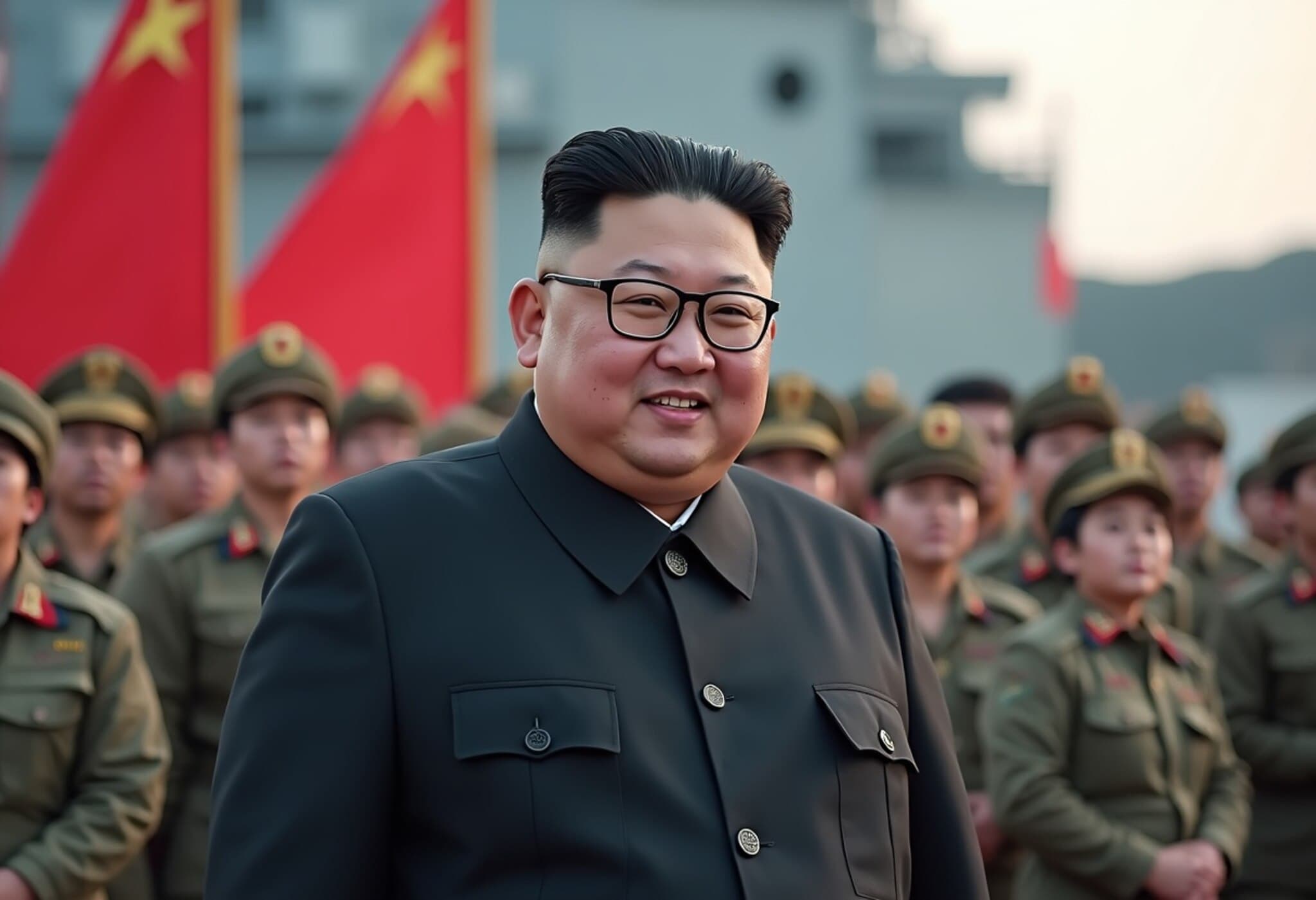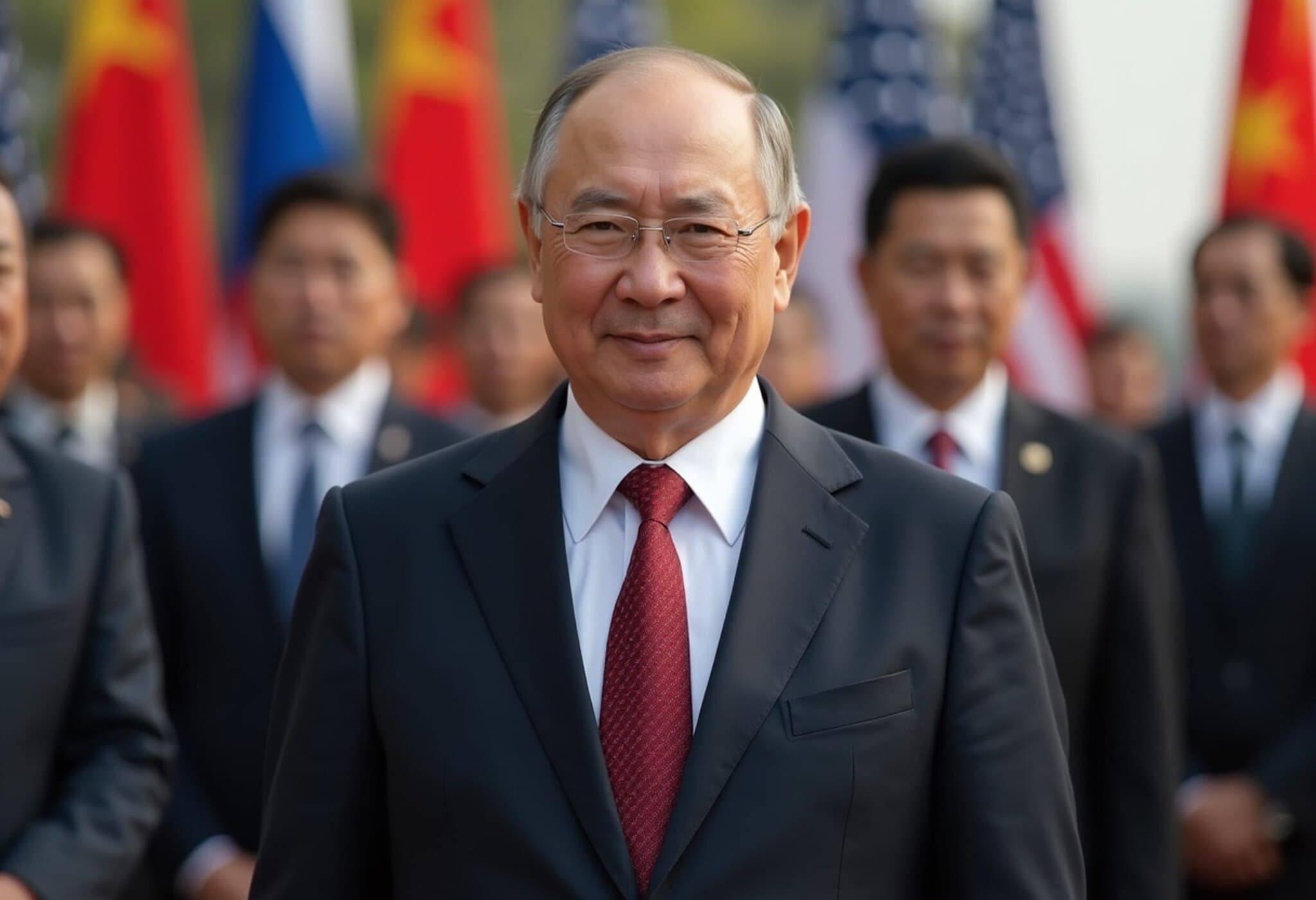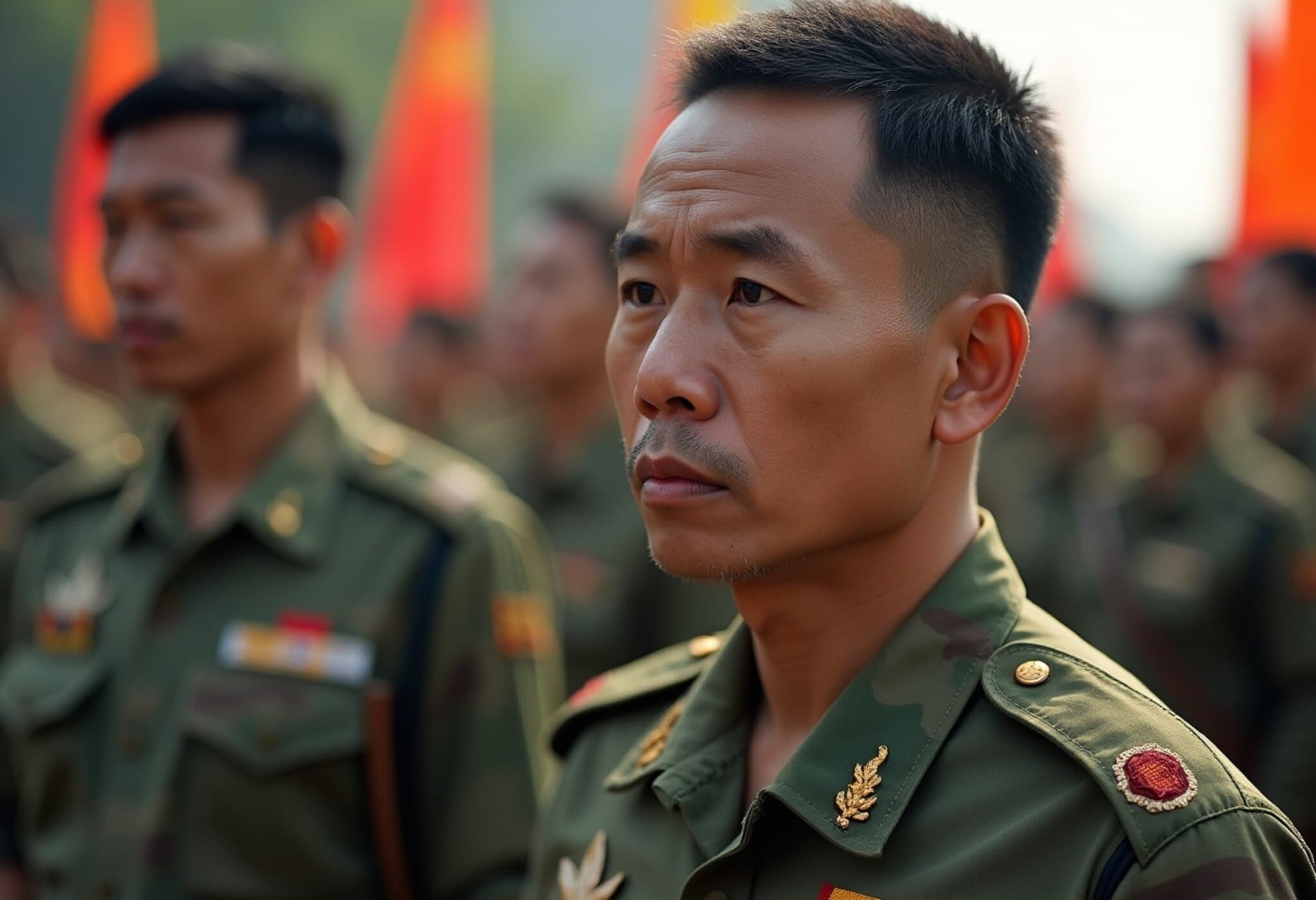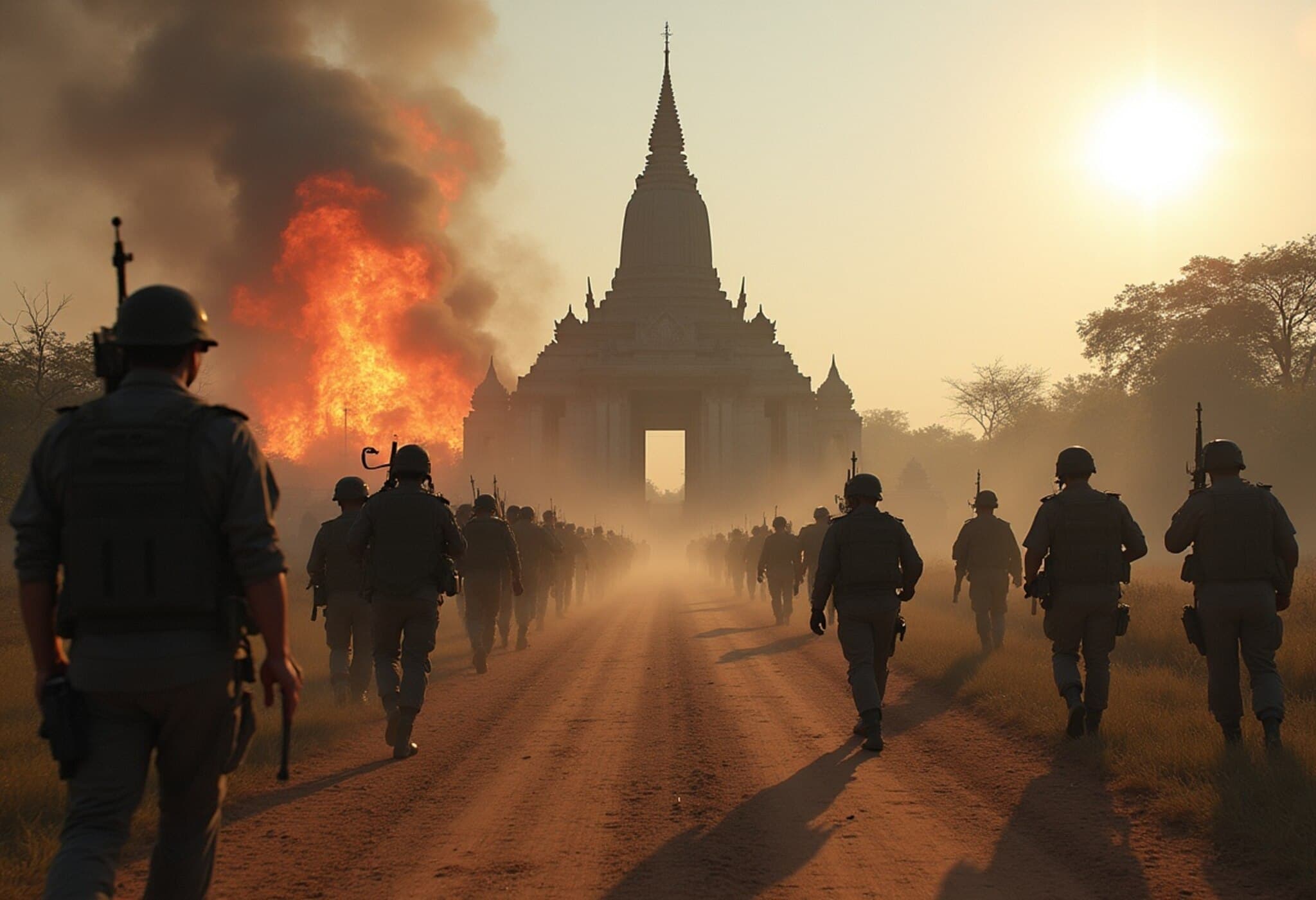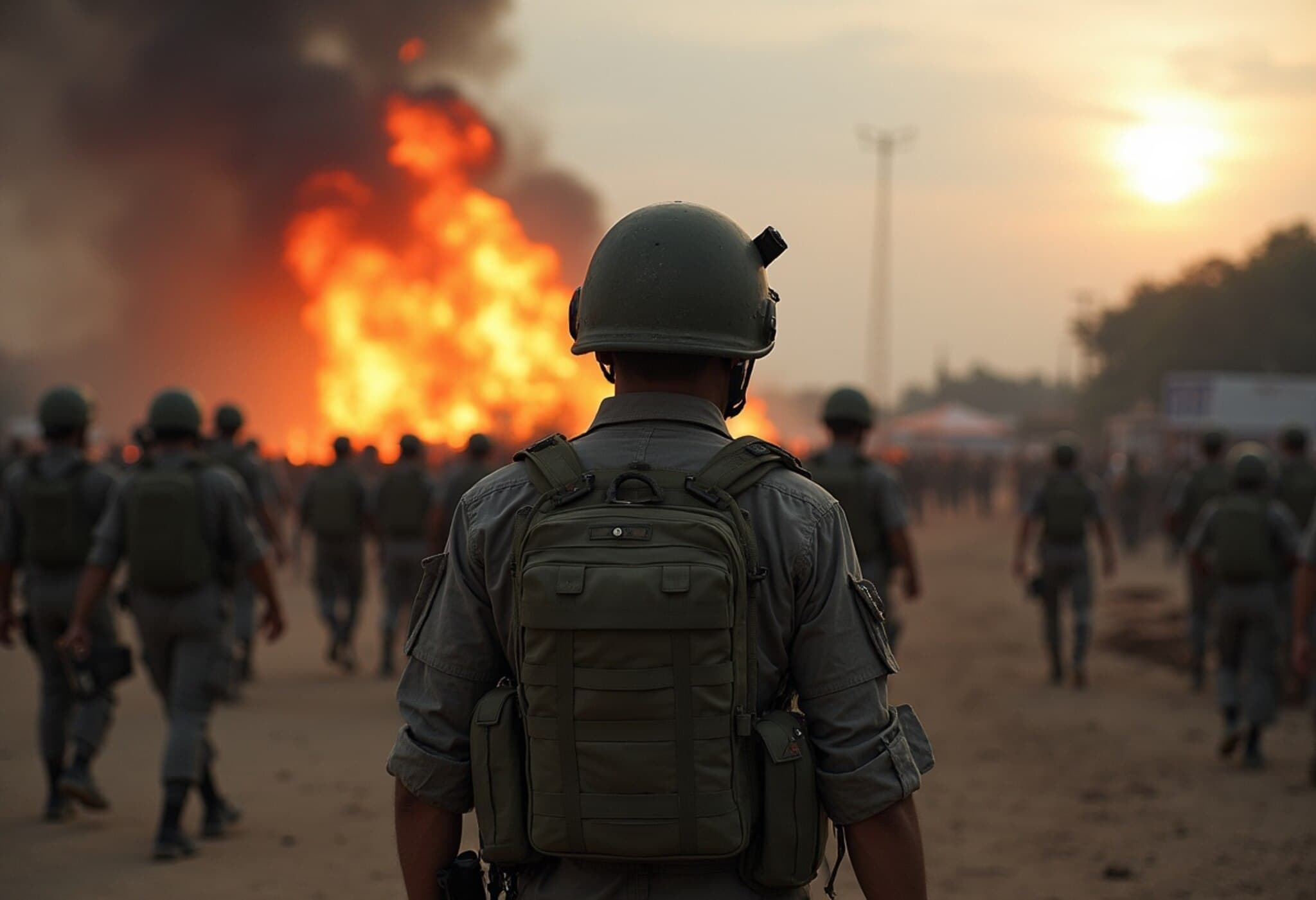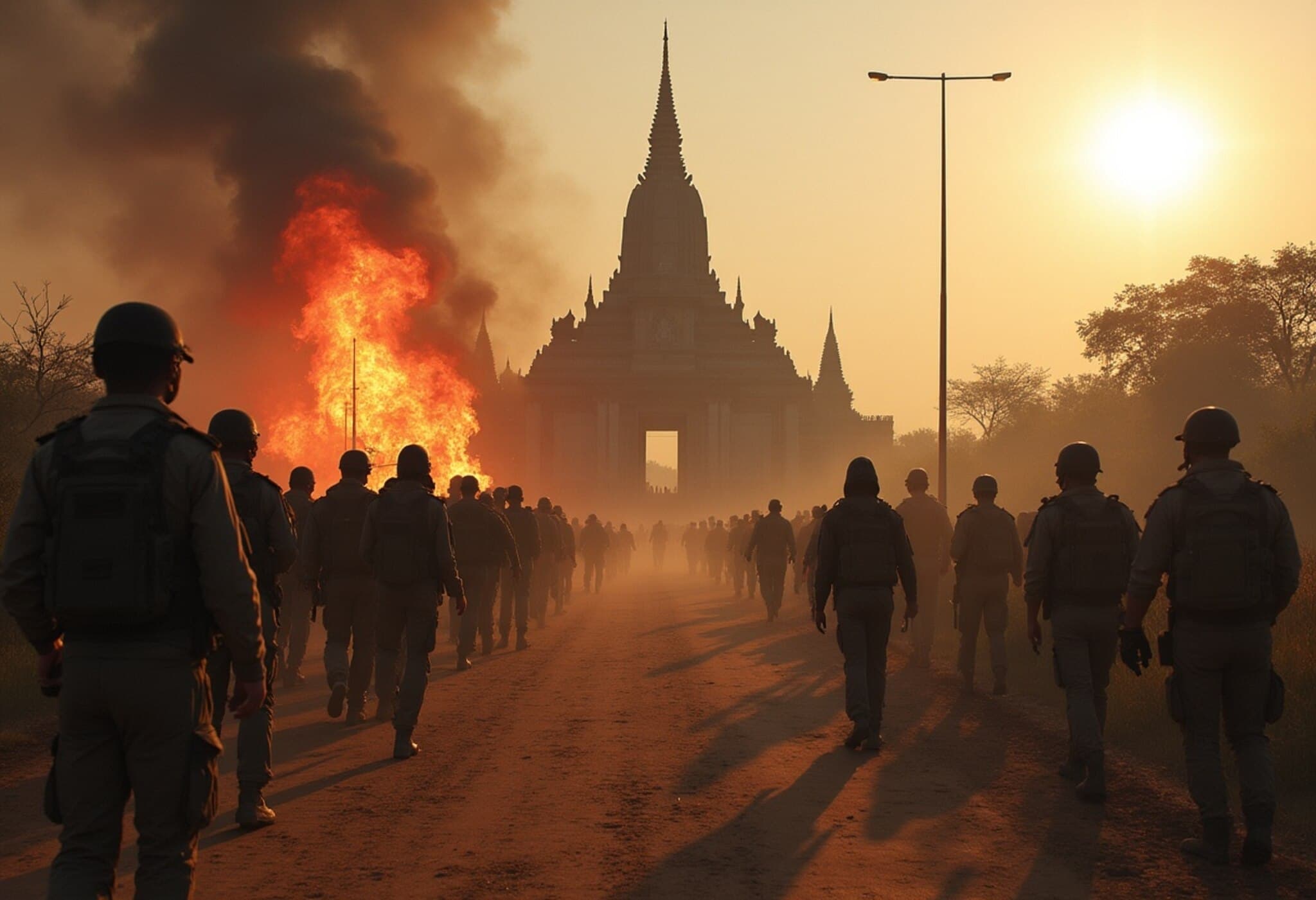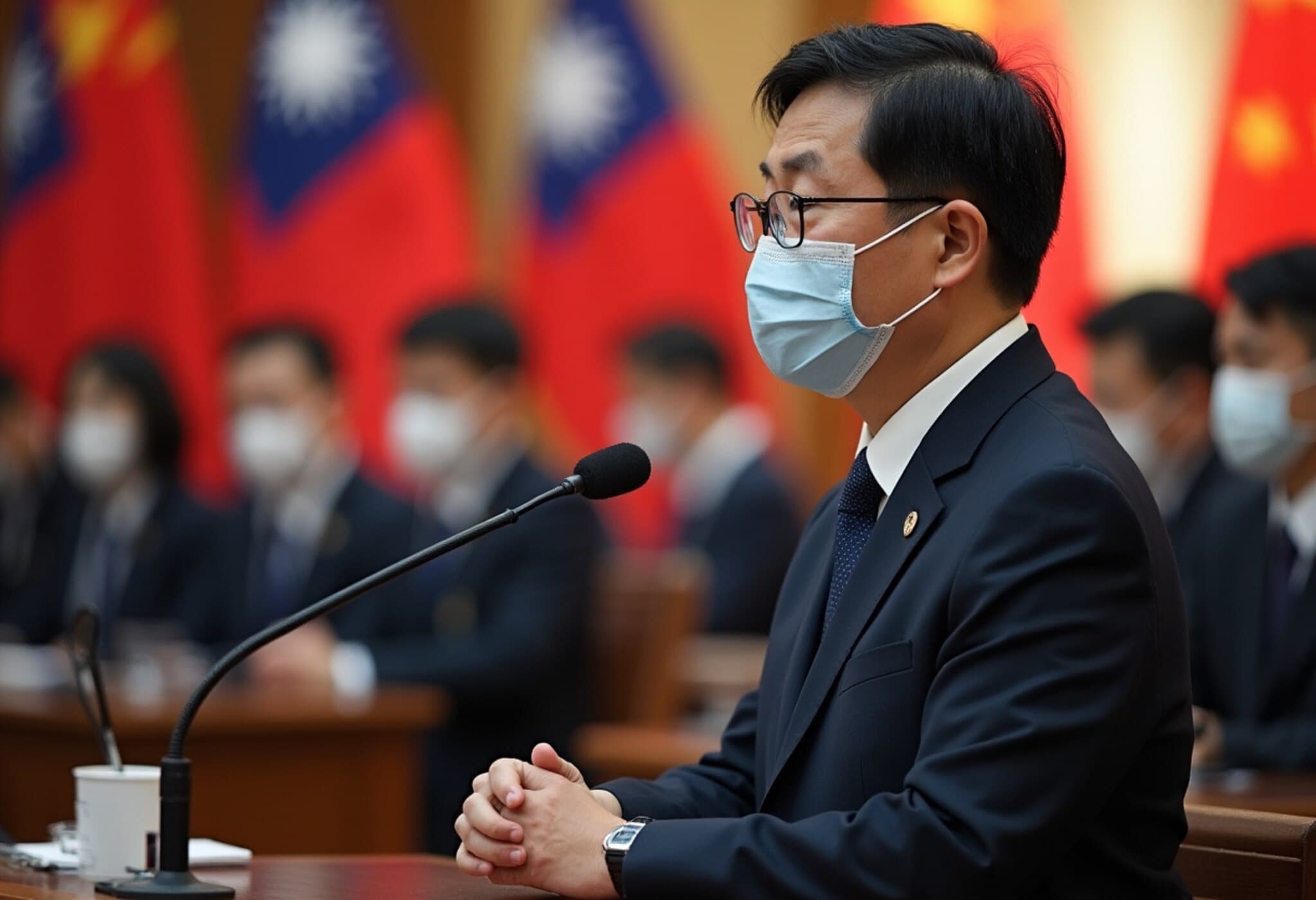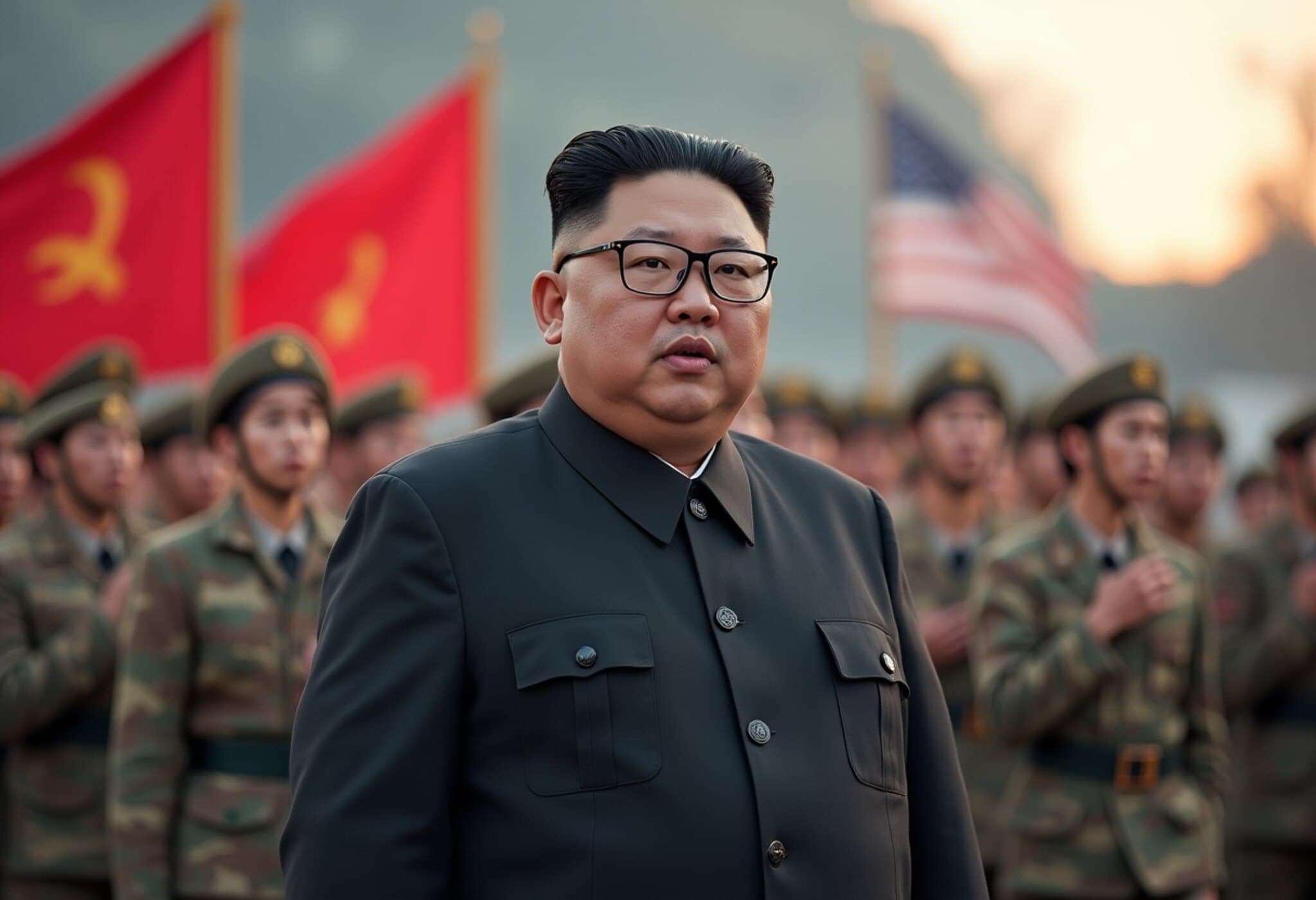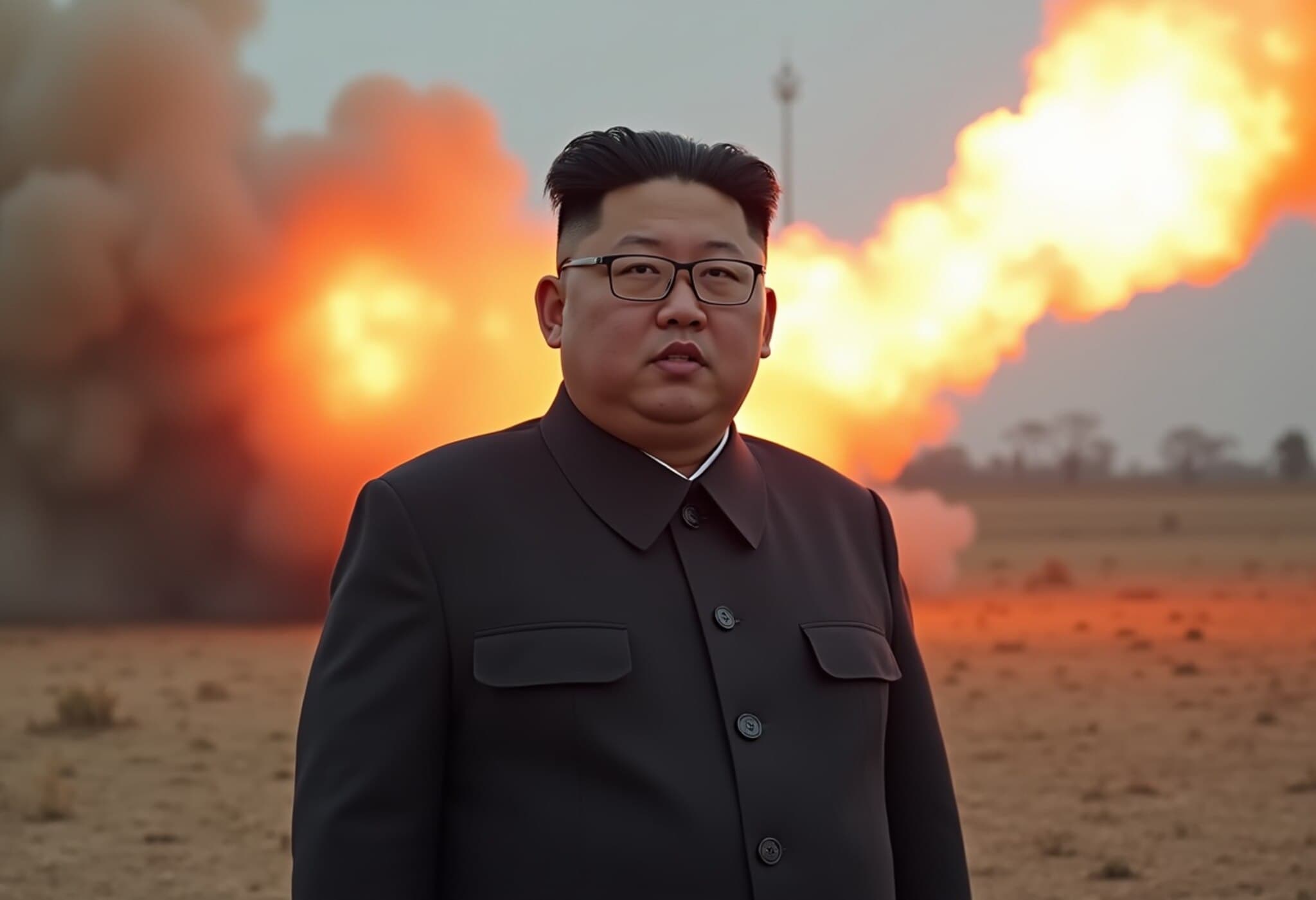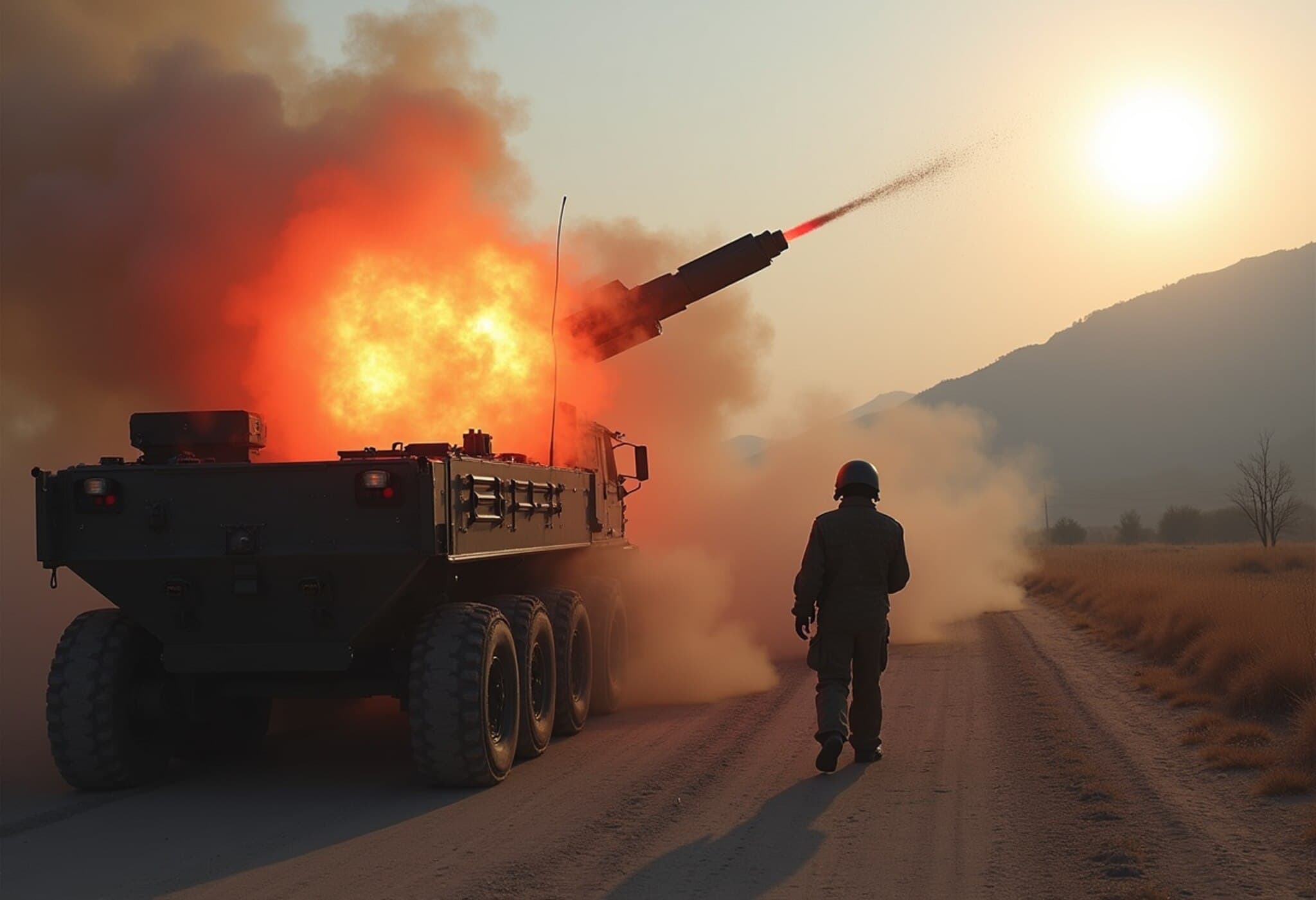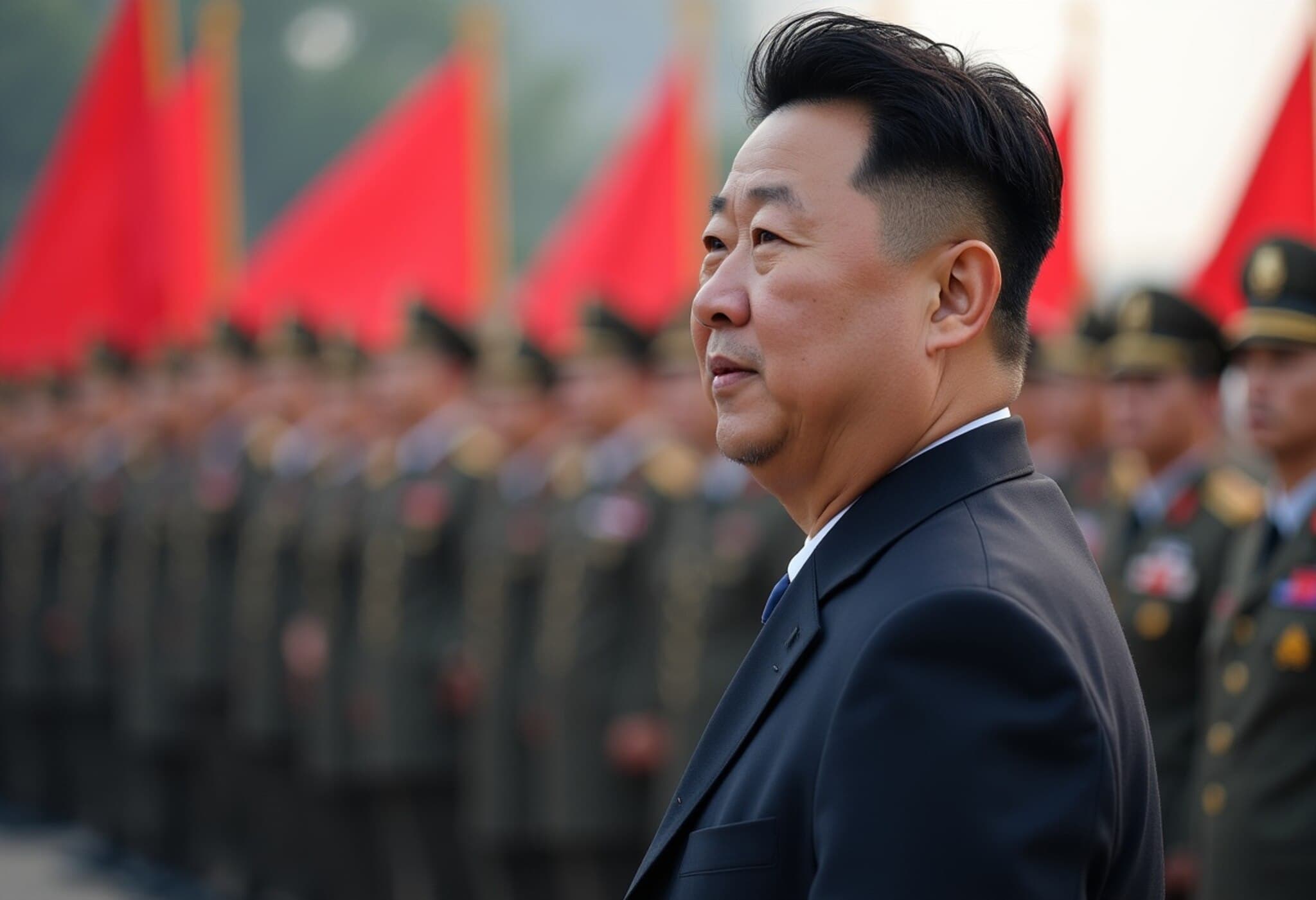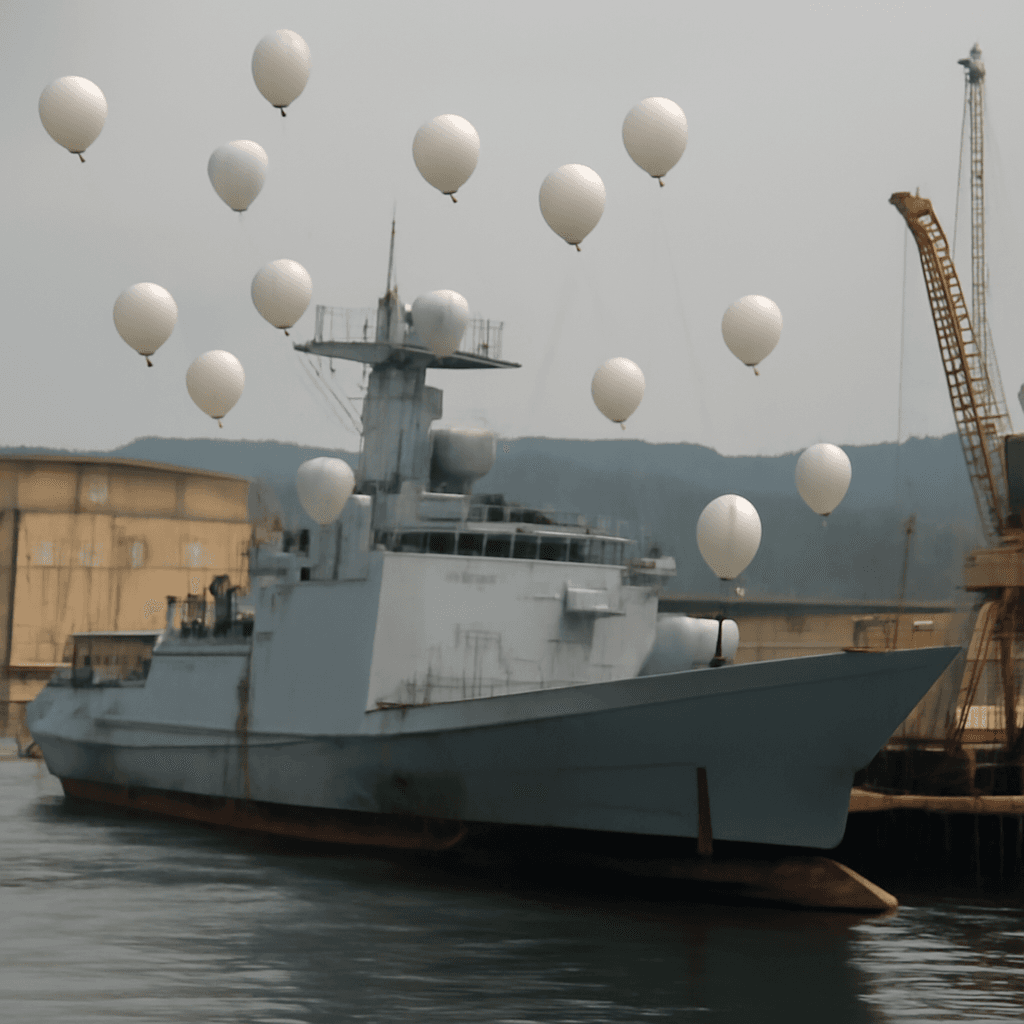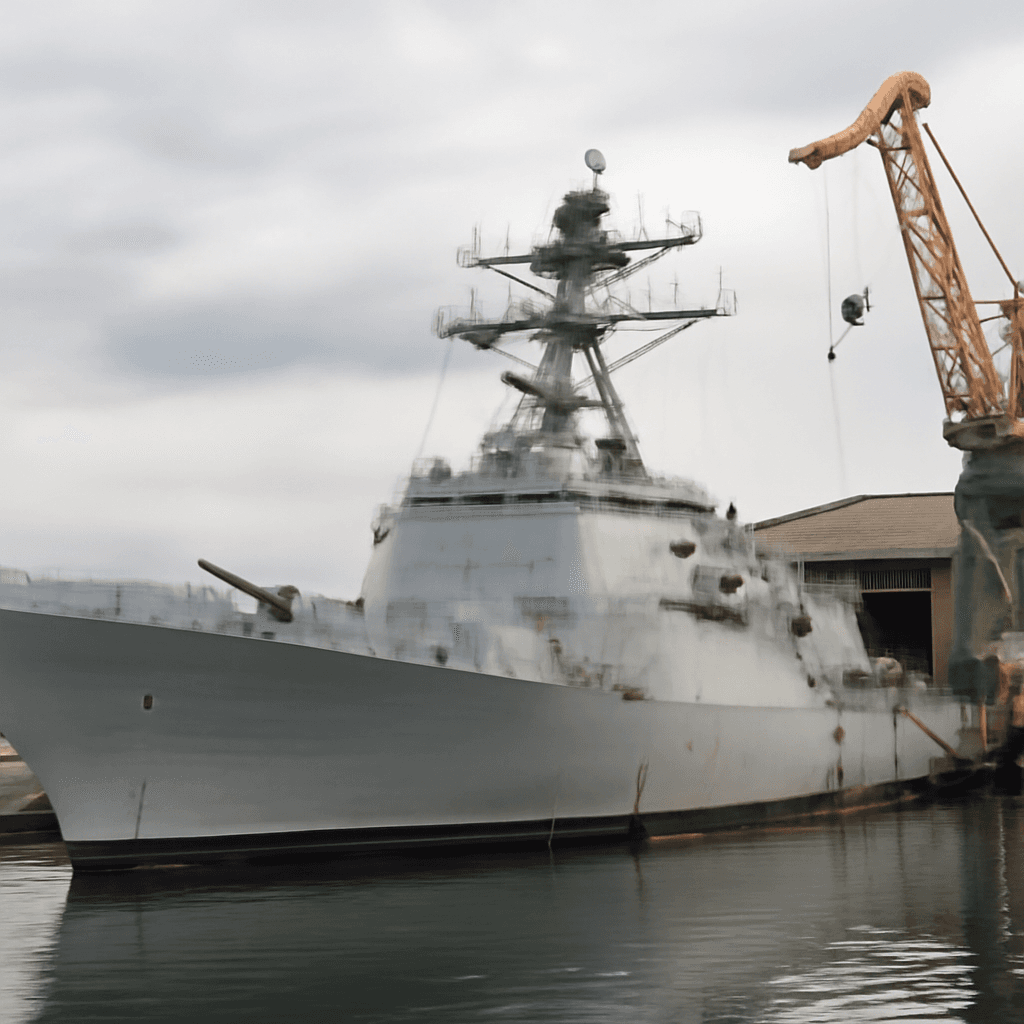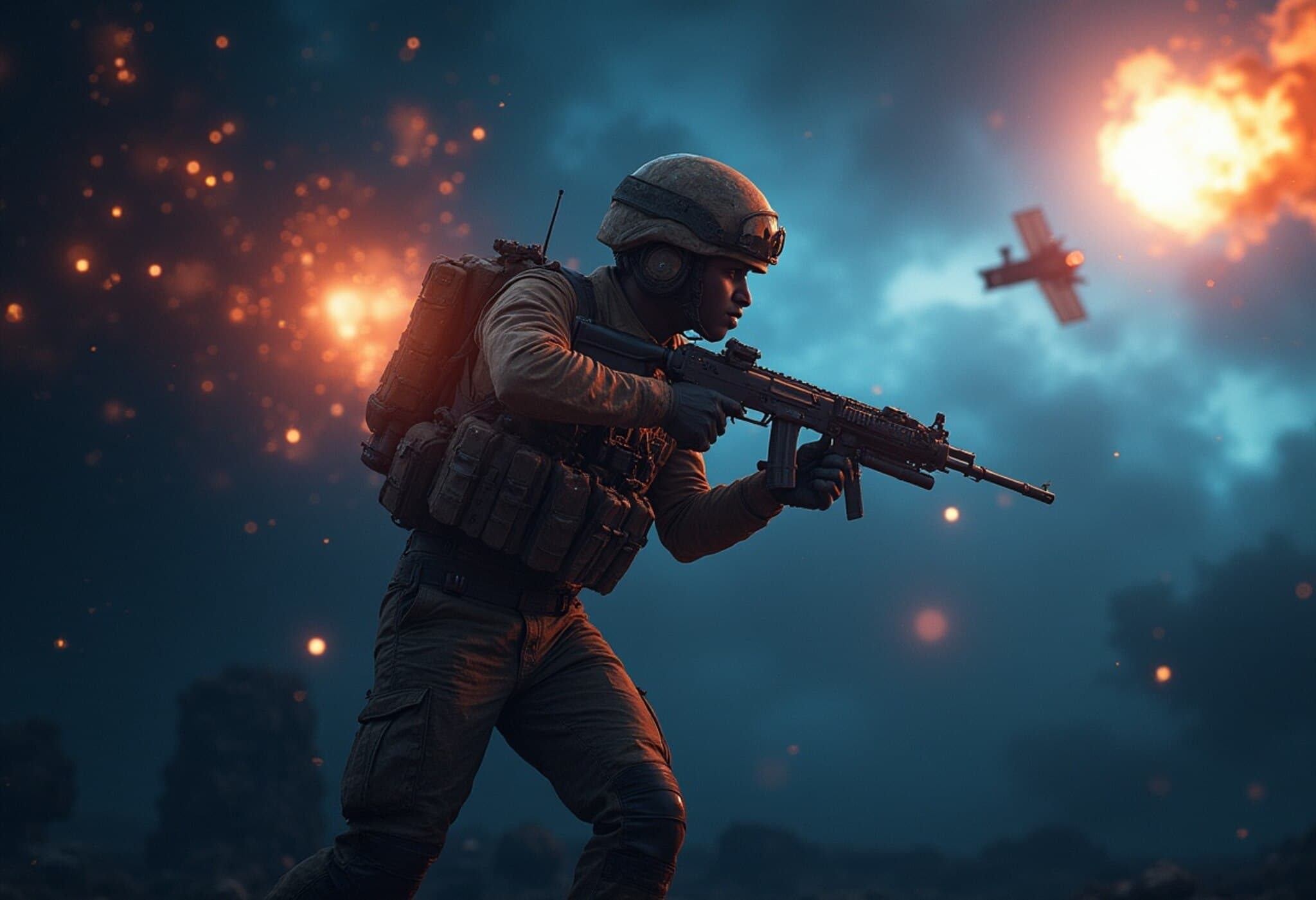Kim Jong Un Condemns US-South Korea Military Exercises
In a renewed show of defiance, North Korean leader Kim Jong Un has openly criticized the ongoing joint military exercises between South Korea and the United States, labeling them as provocative actions that threaten regional stability. His statements came during an inspection of the warship Choe Hyon in the western port city of Nampo, a vessel reportedly equipped with nuclear-capable weapon systems.
The Ulchi Freedom Shield and Rising Tensions
The joint military exercise known as the Ulchi Freedom Shield kicked off recently, involving some 21,000 troops—18,000 from South Korea and 3,000 from the United States. This 11-day exercise primarily focuses on computer-simulated command post operations and field training designed to enhance readiness in the face of North Korea’s growing missile and nuclear threats.
South Korea and the US emphasize that these drills are strictly defensive, aiming to ensure peace and stability on the Korean Peninsula. However, North Korea frequently portrays them as rehearsals for invasion, often using the exercises as a pretext to bolster its own military posture.
Kim’s Message: Expanding Nuclear Forces as Deterrence
During his inspection of the Choe Hyon, a 5,000-ton-class destroyer unveiled earlier this year, Kim characterized the drills as indicative of a hostile intent to ignite conflict. According to the Korean Central News Agency (KCNA), Kim called for a “radical and swift change” in military strategy, coupled with the rapid expansion of North Korea’s nuclear arsenal.
This marks a significant escalation in rhetoric, as Kim emphasized the need for “proactive and overwhelming” countermeasures considering the incorporation of what he called a “nuclear element” in the joint exercises.
Expert Insight: Regional and Global Implications
From a strategic standpoint, Kim’s threats underscore a deeply entrenched security dilemma on the Korean Peninsula. The ongoing drills, though defensive by official accounts, exacerbate North Korea’s perception of encirclement and threat, prompting accelerated nuclear development. For the US and South Korea, these exercises serve as critical deterrence and readiness measures amidst an increasingly volatile regional security environment influenced by shifting alliances and other major conflicts worldwide.
Lessons Incorporated from Global Conflicts
This year’s Ulchi Freedom Shield notably integrates lessons learned from the Russia-Ukraine war and tensions in the Middle East, specifically related to drone warfare, GPS jamming, and cyberattacks, signaling a modernization of both Koreas' defense strategies to address multidimensional threats.
Advances in North Korea’s Naval Capabilities
Kim highlighted the Choe Hyon destroyer as a cornerstone of North Korea’s ambition to extend the operational reach of its nuclear arsenal. The vessel is reportedly armed with a mix of anti-aircraft, anti-ship, and nuclear-capable ballistic and cruise missiles. Despite setbacks including a recent mishap with a sister ship, Kim expressed satisfaction with the progress in weapons systems and integrated operations, aiming for full operational capacity by next year.
Political Context and Diplomatic Frictions
In a broader context, these developments come amid strained inter-Korean relations. South Korea’s new President Lee Jae Myung has extended olive branches to reopen dialogue and revive a 2018 military agreement intended to ease border tensions through buffer zones and no-fly zones. However, North Korea has repeatedly rebuffed these initiatives, while South Korea suspended some agreements last year citing provocations such as balloon launches from the North laden with materials deemed hostile.
What Lies Ahead?
The security dynamics on the Korean Peninsula remain complex and fragile. With Kim Jong Un’s vows for rapid nuclear expansion and continued military modernization, there is concern among international observers about scaling risks of conflict escalation. Meanwhile, the US and South Korea face the balancing act of demonstrating strong deterrence without provoking greater instability.
Critical Questions Moving Forward
- Will North Korea’s aggressive military posturing derail ongoing diplomatic efforts?
- How will the US-South Korea alliance adapt its strategy to mitigate escalating threats?
- What role can regional powers like China and Russia play in mediating tensions?
Editor’s Note
The recent developments highlight the enduring volatility of the Korean Peninsula, where military preparedness and diplomatic outreach persist in a delicate dance. Kim Jong Un’s vows for rapid nuclear expansion amid US-South Korea drills underscore an urgent reminder: peace requires continuous, nuanced dialogue bolstered by strategic patience and international collaboration. As tensions simmer, the global community watches closely, hoping the cycle of provocation and response can be broken before it escalates beyond control.

